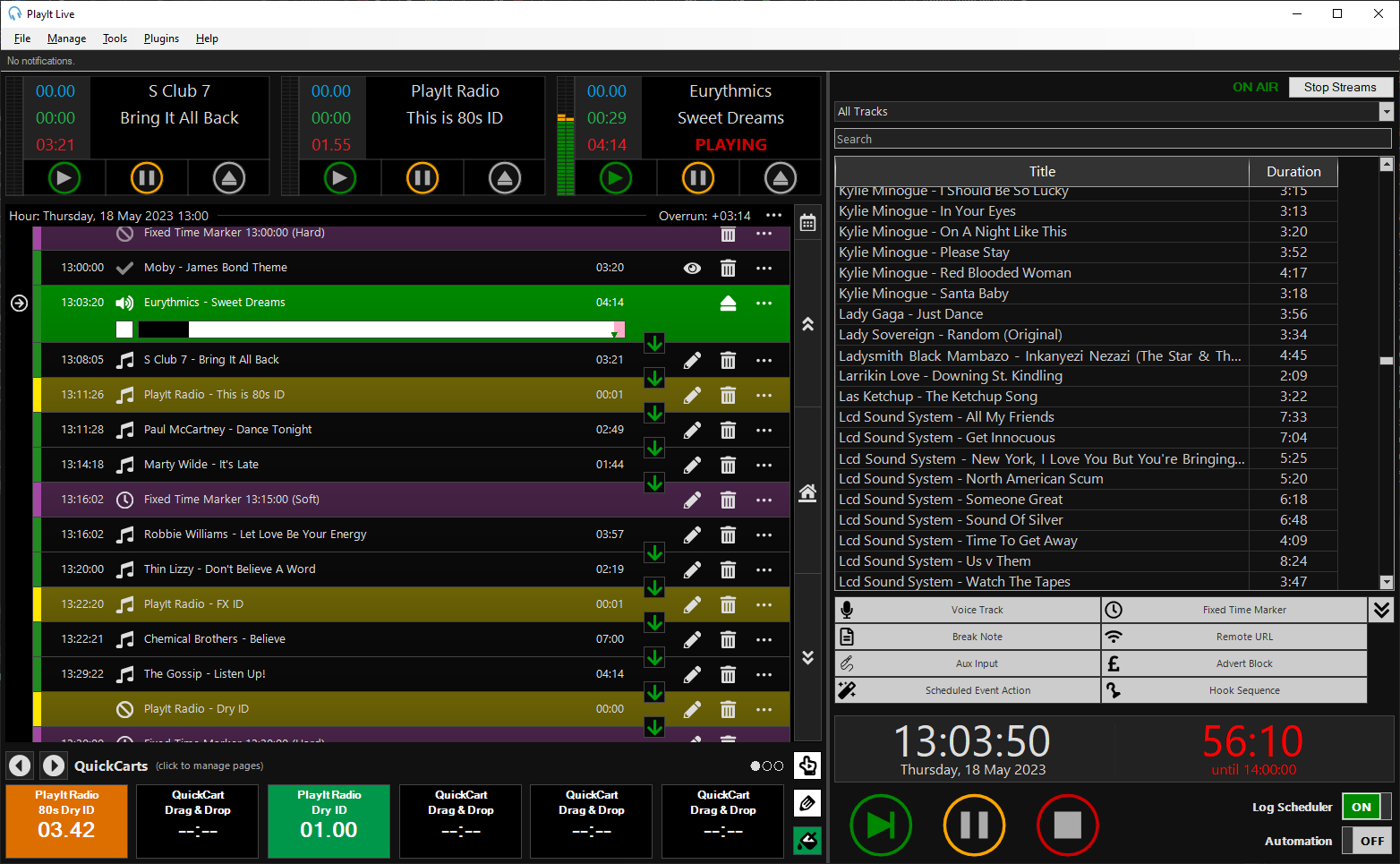
Thanks again for joining us here at Living Pianos. Virtually all music we listen to today is polyphonic. Polyphony simply refers to having more than one note at a time. Interweaving of musical lines is referred to as counterpoint. There was only one line of music at a time and this is the only written music we have (and the very first written music) from the 9th and 10th centuries.Įventually music evolved into something called organum, which had two lines – typically in parallel 4ths that would embellish the melody.Īs music continued to develop more complexity, we began to have many lines of music that would play simultaneously. This music was simply liturgical text that was sung with embellishments.

In fact, polyphonic music was considered the devil’s music by the church for a time because it uses forbidden modes and instruments that clash against secular music rules and pagan rites. There was a time when the only written music was monophonic, which means “one note at a time.” The first written music was called Gregorian Chant (or “plainsong”). For decades, the medieval church considered polyphonic music to be lascivious, frivolous, impious, and evil until the end of the fourteenth century.

Polyphony contains two or more active melodies. So, what does this term mean and why is it important? Polyphony Polyphony (polyphonic texture) is an important texture in all historic style periods. Polyphony is intrinsic to almost all the music we listen to today but it wasn’t always that way. Gregorian chant, or ''plainchant'' is a form of monophonic music developed by Medieval Roman Catholic monks and one of the earliest written examples of monophony. You may have heard the term polyphony before and might have wondered what it meant.


 0 kommentar(er)
0 kommentar(er)
